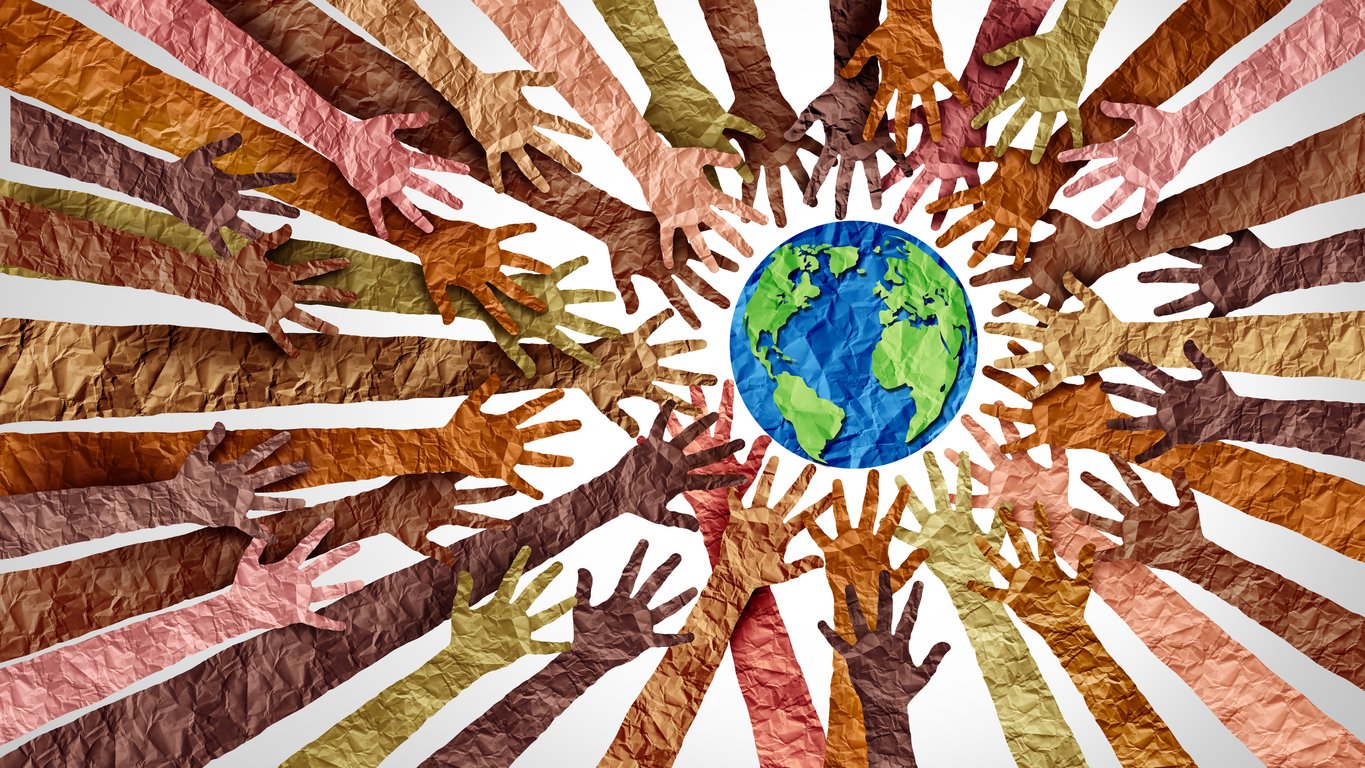Part 1: Why companies should be paying attention to Environmental Justice
Kajsa Hendrickson, Director & Phoebe Fu, Analyst at Future 500.
Published September, 2023
Part 1: Why companies should be paying attention to Environmental Justice
Due to decades of effort from grassroots to investors, environmental justice is here to stay, and forward-thinking companies are integrating it now.
As specialists in stakeholder engagement, Future 500 was asked to conduct qualitative research on Environmental Justice (EJ) in the corporate sphere and how companies should operationalize EJ. Future 500 interviewed individuals from socially responsible investors (SRIs), companies, environmental NGOs, and EJ organizations, garnering their insights into why EJ is critical for all companies to understand and operationalize. As one interviewee put it “EJ is critical to your stakeholders and it is not going away. It is here to stay and we’re watching what you do about it.”
This is the first in a three-part post sharing key insights, helpful information and resources from our interviews. We acknowledge that this series simplifies a complex history and is built upon the work of countless others. It is not meant to replace the research needed to fully understand EJ. A few resources to start learning about the history of EJ can be found through the NAACP, ScienceDirect, and the EPA.
Executive Summary: The What and Why of EJ
EJ is gaining momentum and becoming a critical requirement for companies. Through diligent and persistent efforts of activists and grassroots organizing EJ has evolved into a body of practice in the public, private, and civil sectors.
EJ based on redressing historical injustices, addressing current injustices, and avoiding future injustices to black, indigenous, people of color and low-income communities.
Federal, state, regulatory, investor, and local government bodies are considering or requiring companies to account for environmental justice.
Companies can demonstrate their leadership and commitment to equity by addressing historical impacts on EJ communities and integrating EJ into practices and policies.
Defining EJ
From interviews, Future 500 gleaned several high-level takeaways about how EJ defined and the impact of those definitions.
EJ is fundamentally about ensuring all people deserve a clean, healthy environment where they eat, play, pray, gather, and work. It requires 1) acknowledging who hasn’t had access to that healthy environment - called “EJ communities” here, 2) redressing harms done to EJ communities, and 3) working with EJ communities to ensure a clean, healthy environment for all in the future. EJ communities are also called “frontline”, “fenceline”, “underserved”, “overburdened” and “disadvantaged”, among others.
EJ is a response to decades of federal, state, local, and corporate policies. The combination of these historical policies ended up putting Black, Indigenous, People of Color (BIPOC) and low-income communities closer to industrial sites, waste facilities, and pollution. As a result, certain communities became “sacrifice zones”, with higher exposure to chemicals, toxins, wastewater, poor air quality, and more.
How those harms are acknowledged and addressed isn’t agreed on. Some stakeholders use the federal EPA, state, or governing body definitions. Community-based organizations (CBOs), EJ organizations, and some NGOs use the National People of Color Environmental Leadership Summit’s 17 Principles of Environmental Justice in defining EJ. These emphasize the importance of acknowledging historical harm done to EJ communities.
Why EJ? Why now?
The EJ movement is generally acknowledged to have started in the 1980s, with efforts going back to the 1960’s. According to interviews, several factors are driving EJ now:
Increased community education, awareness, and voices. Several interviewees noted that communities are organizing against companies and policies with an outsized impact on a place they do not belong to.
Historic funding from federal, state, and philanthropy. Incentives to address EJ have increased with the Justice40 Initiative putting 40% of specific federal funding towards EJ communities. Philanthropic funding has also increased from sources like Google.org, Bezos Earth Fund, and Bloomberg Philanthropies, helping the EJ movement scale.
Growing regulation across the United States. State, local, and federal regulations and regulators are starting to incorporate EJ into their practices and/or require EJ considerations in projects. This is driving companies to align with regulatory requirements.
Unequal impacts of climate change and climate solutions. EJ communities are feeling the worst impacts of climate change, and climate solutions, on top of generations of pollution.
Shareholder activism. SRI and impact investors are pushing for EJ action within companies. This includes asking for EJ data and targets.
Demonstrated benefits. While EJ could strengthen a company’s PR image, its impact goes deeper into business resiliency, risk mitigation, and tapping into unexplored opportunities. Companies are starting to see long-term business benefits for adopting an EJ lens across the organization’s work.
In addition, historic public and philanthropic funding, grassroots and NGO advocacy, state regulations, and shareholder pressure are significantly elevating the importance of EJ. Companies are being asked to integrate EJ into their operations, strategy, permitting, and reporting - going beyond PR, community engagement, or marketing.
Companies need to understand EJ as a movement, a practice, and a priority for their stakeholders. According to interviewees, this is an opportunity for companies to demonstrate their leadership and commitment to equity by integrating EJ into their practices and policies.
Future 500 is a non-profit consultancy that builds trust between companies, advocates, investors, and philanthropists to advance business as a force for good. We specialize in stakeholder engagement, sustainability strategy, and responsible communication. From stakeholder mapping to materiality assessments, partnership development to activist engagement, target setting to CSR reporting strategy, we empower our partners with the skills and relationships needed to systemically tackle today's most pressing environmental, social, and governance (ESG) challenges.
Want to learn more? Reach out any time.
More from our team:












